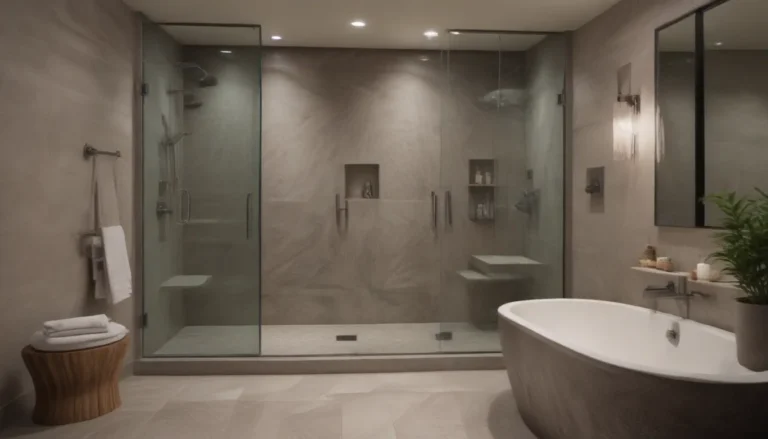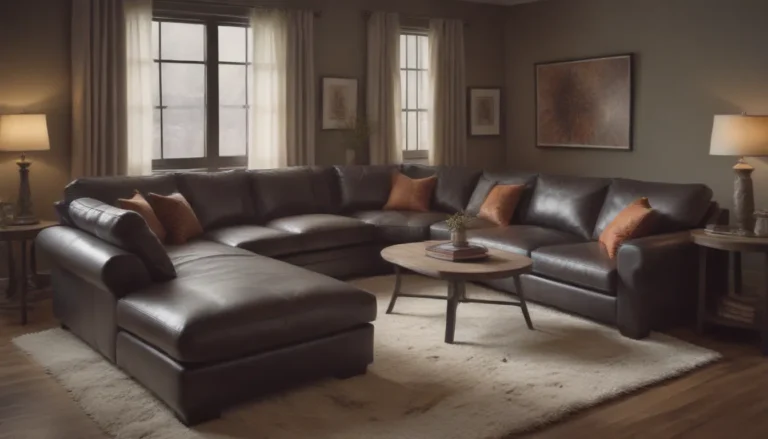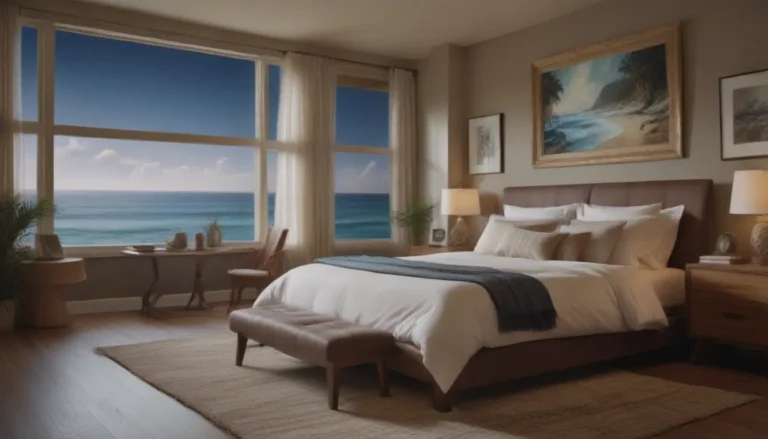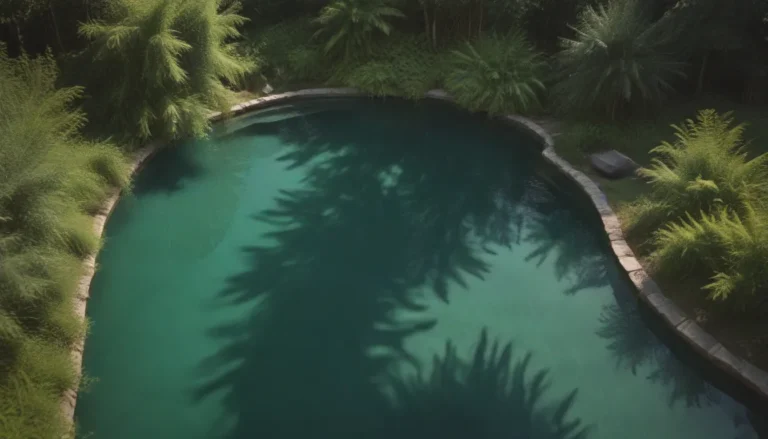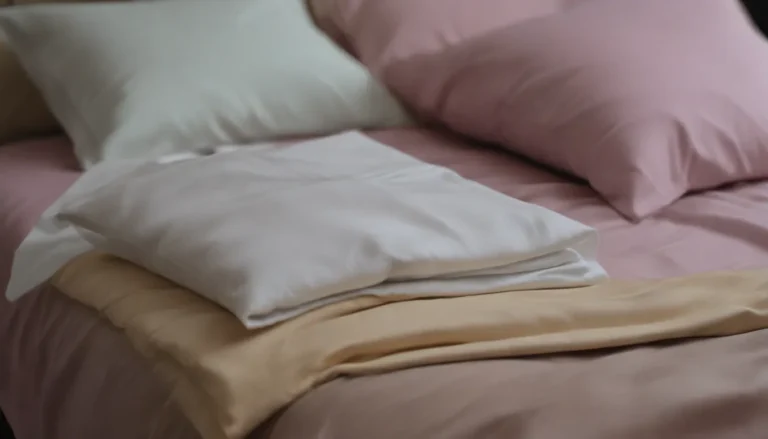Unlocking the Beauty of Freeform Swimming Pools
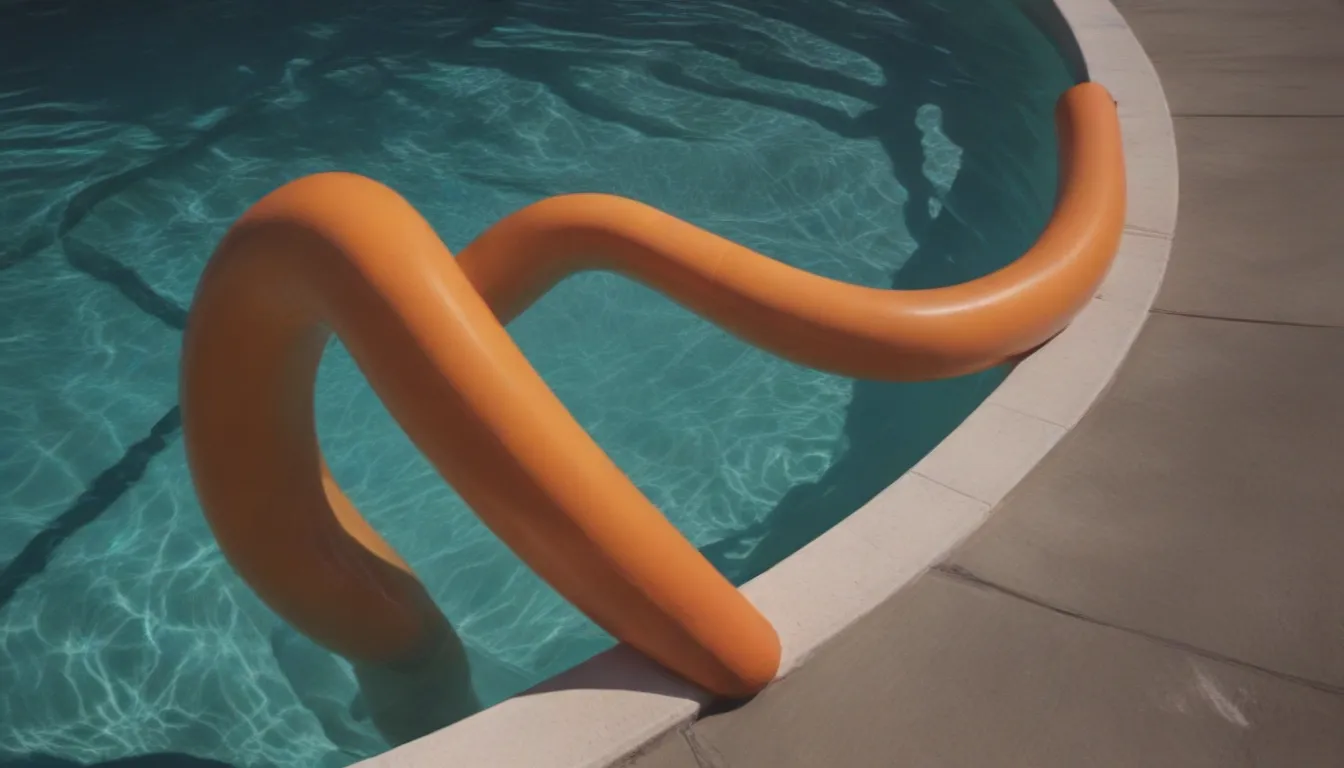
Are you dreaming of transforming your backyard into a luxurious oasis with a stunning freeform swimming pool? Freeform pools offer a more naturalistic and irregular shape compared to traditional rectangular pools, making them a popular choice for homeowners looking to create a unique and visually appealing outdoor space.
Understanding Freeform Pools
A freeform swimming pool breaks away from the standard rectangular shape and instead features curves, flowing lines, and irregular shapes. Unlike traditional pools lined with tiles, freeform pools are designed to mimic natural bodies of water such as ponds, lakes, or oases. The iconic kidney-shaped pool is a prime example of a freeform pool shape that has stood the test of time.
When it comes to construction, freeform pools can be made from either concrete or vinyl. Concrete pools are versatile and can be poured into any shape, size, or configuration, allowing for limitless design possibilities. On the other hand, vinyl-lined pools can also be crafted into freeform designs, offering flexibility in creating unique pool shapes.
Delving into the History of Freeform Pools
The roots of freeform pools can be traced back to California in the early 20th century. The trend was spearheaded by visionaries who sought to break away from traditional pool designs and embrace a more naturalistic approach. One of the first freeform pools was built for Pickfair, the beloved Los Angeles estate of Mary Pickford and Douglas Fairbanks, in 1920. This pool, situated above a banana-shaped tank with a sandy shore, set the stage for future innovative pool designs.
Philip Ilsley, a landscape architect and chairman of Paddock Engineering, played a pivotal role in popularizing freeform pool shapes in the late 1930s. His innovative use of Guniting, a process of spraying concrete onto steel-mesh forms, revolutionized the pool construction industry and led to the widespread adoption of freeform pools. The post-war era saw a surge in residential swimming pool construction, with many homeowners opting for kidney and freeform shapes inspired by Ilsley’s designs.
The Iconic Freeform Pools of the Past
In the late 1940s, renowned designers Thomas Church and Lawrence Halprin created a groundbreaking kidney-shaped swimming pool for the Donnell family in Sonoma, California. This pool, inspired by the region’s natural creeks and marshes, paved the way for numerous copycat designs in the years to come. Additionally, the legendary cloverleaf pool owned by Philip Ilsley and his wife in the Hollywood Hills remains an iconic example of a freeform pool that transcends traditional design norms.
Embracing Contemporary Freeform Pool Designs
Modern freeform pools have evolved to incorporate faux boulders, rocks, and waterfalls that emulate the serene beauty of natural bodies of water. These pools are often constructed using materials that mirror those found in nature, creating a seamless transition between the pool and its surroundings. A well-designed freeform pool can transport swimmers to a tranquil grotto, offering a serene escape in the midst of a suburban backyard.
Enhancing your freeform swimming pool with the right plants and landscaping can elevate its aesthetic appeal and create a truly immersive oasis. From lush greenery to cascading water features, the possibilities are endless when it comes to transforming your pool into a breathtaking retreat.
In conclusion, freeform swimming pools offer a unique and visually captivating alternative to traditional pool designs. Whether you’re looking to create a naturalistic escape in your backyard or showcase your creativity through a one-of-a-kind pool shape, freeform pools provide endless opportunities for customization and personalization. Embrace the beauty of freeform pools and turn your outdoor space into a luxurious sanctuary that exudes charm and sophistication.
